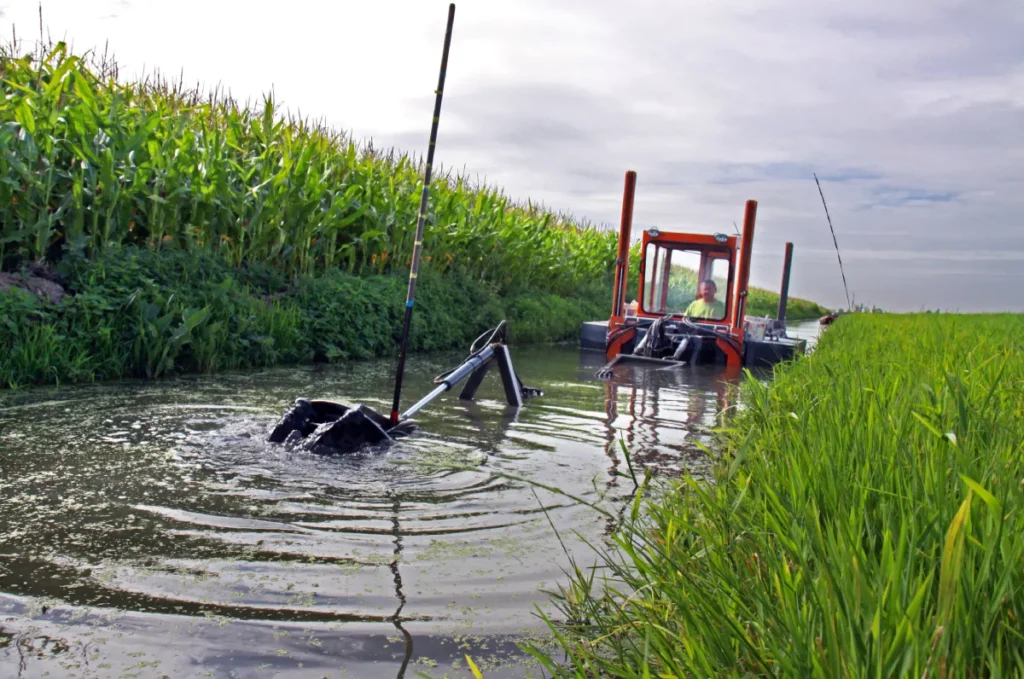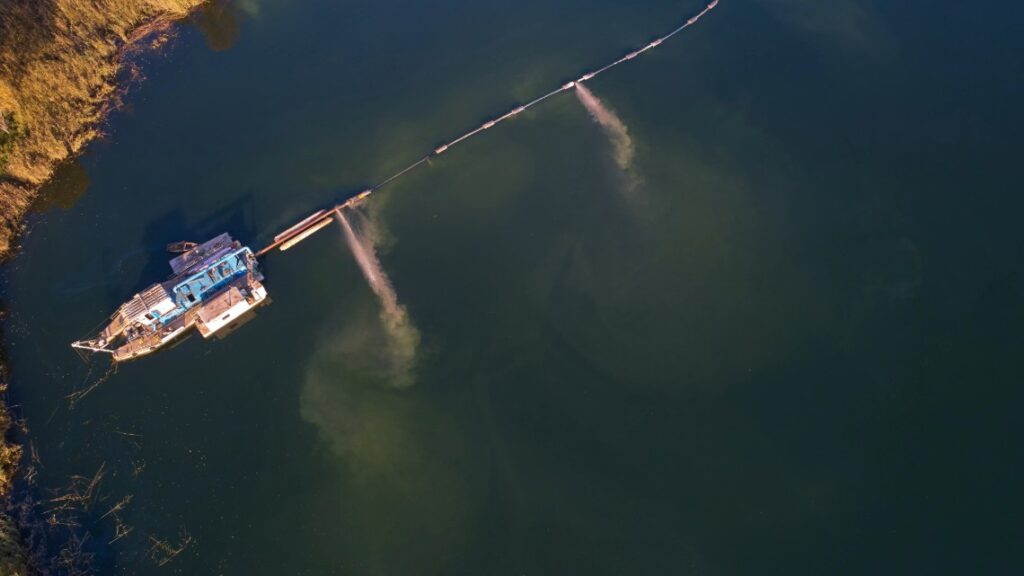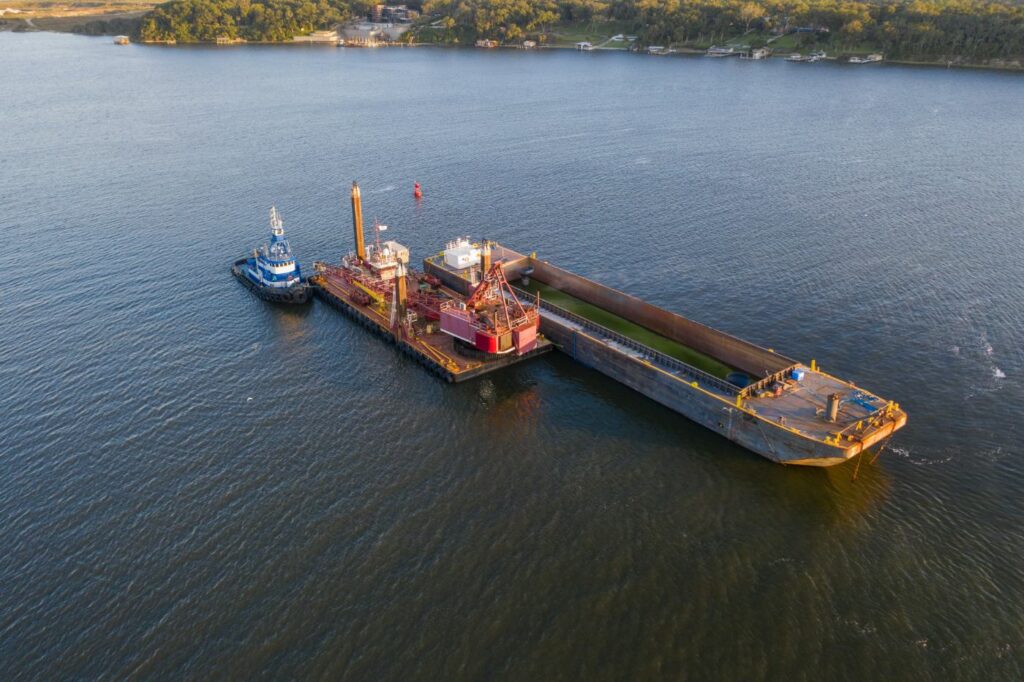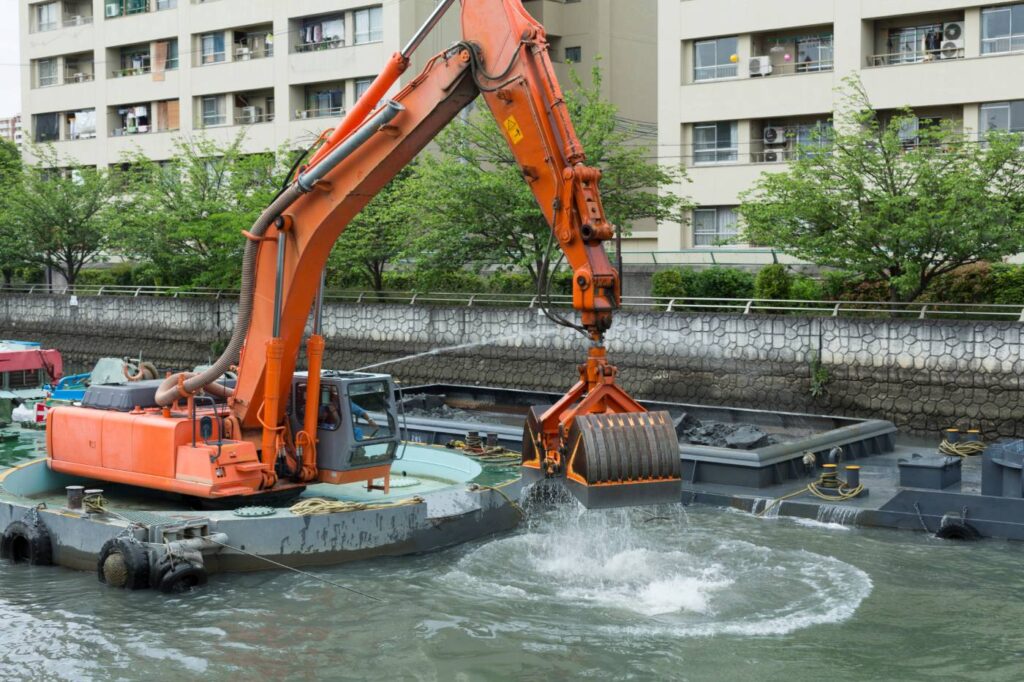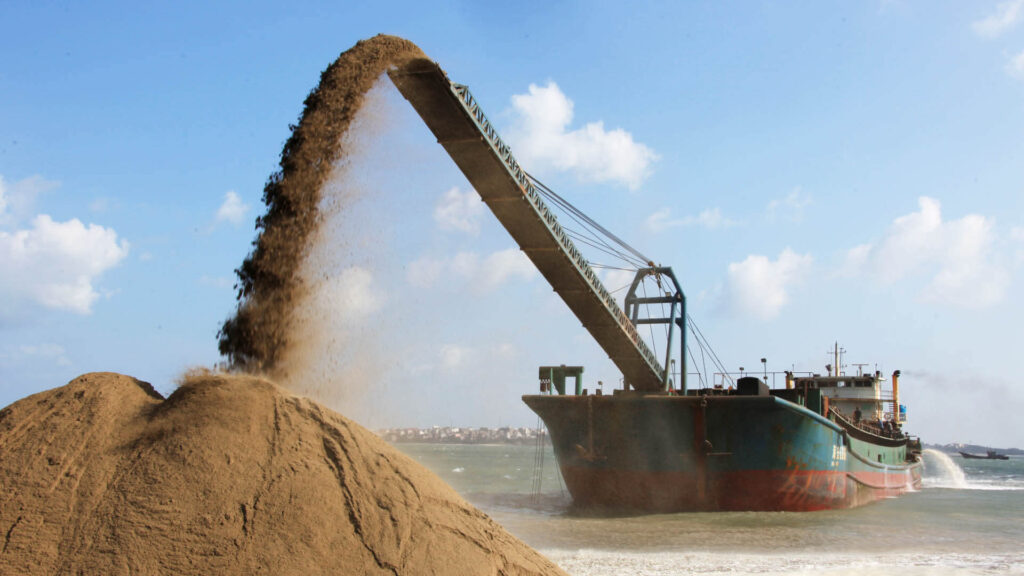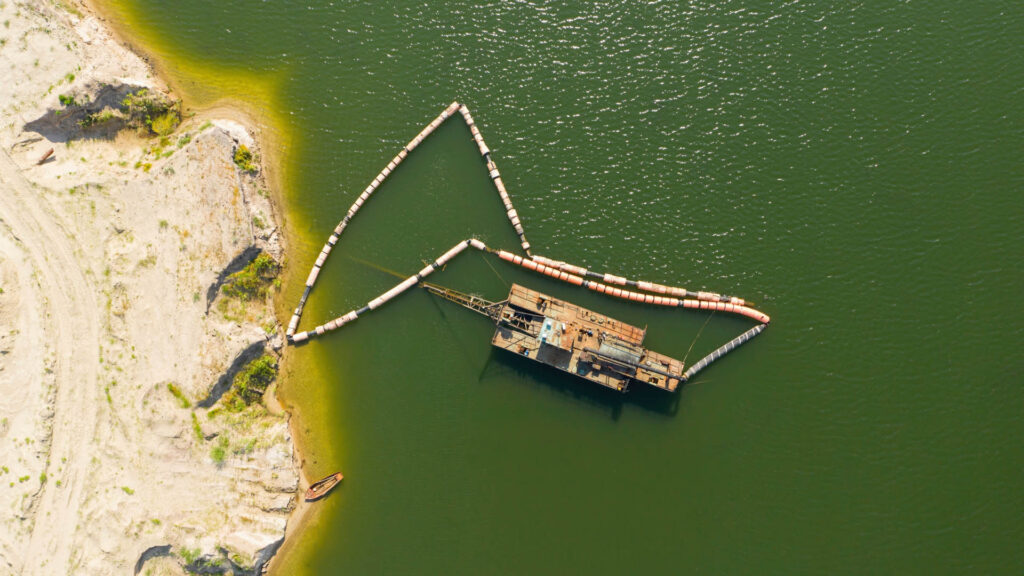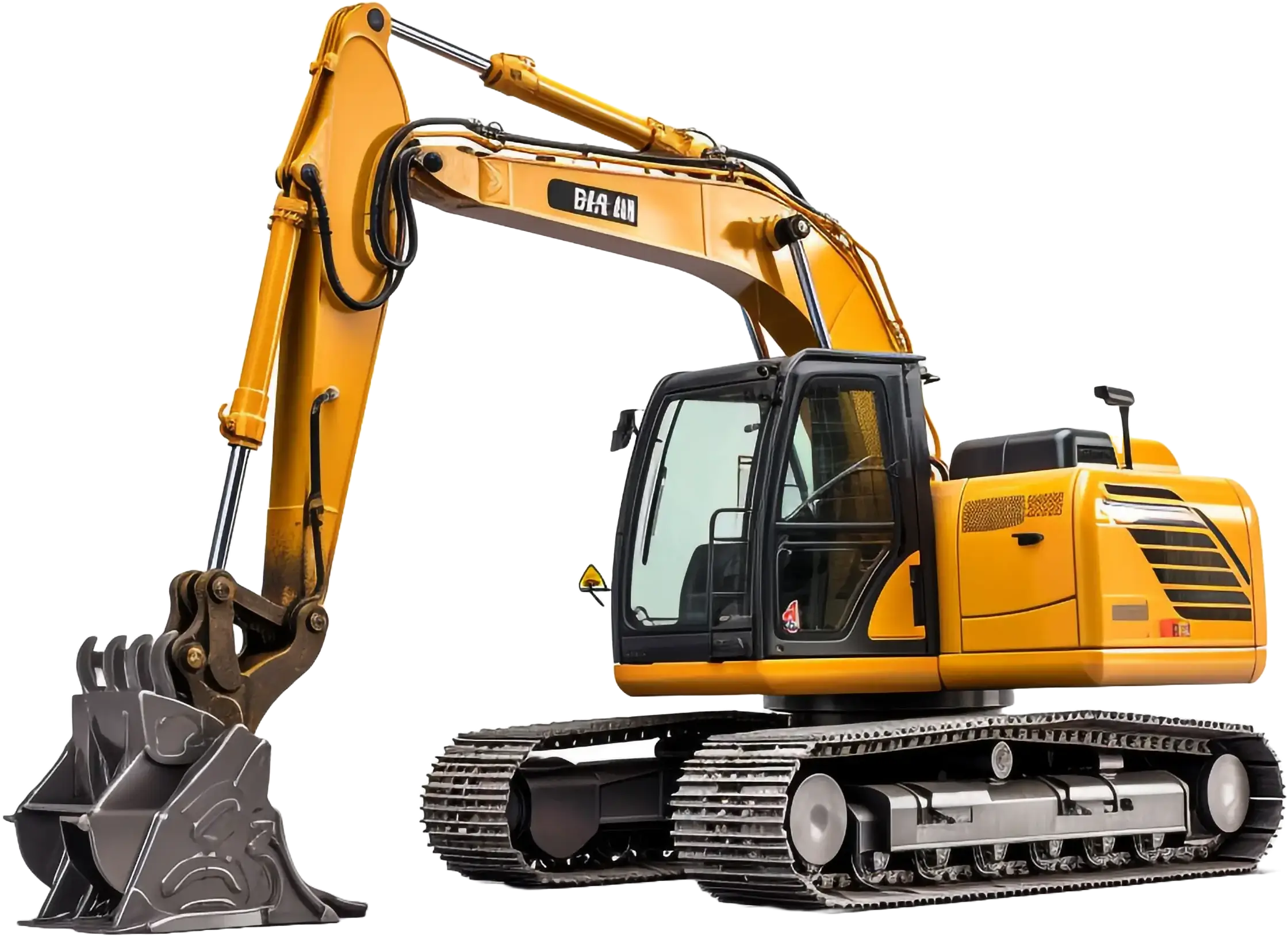Small Dredging Equipment vs. Large Dredgers: Choosing What’s Right
Small dredging equipment plays a crucial role in today’s modern dredging operations, offering efficient and cost-effective solutions for smaller-scale projects such as clearing silted ponds, maintaining irrigation canals, and restoring waterways. Modern dredging operations come in many forms, from localized maintenance tasks to large-scale harbor deepening and land reclamation. Each operation presents unique operational, environmental, and logistical challenges, and the right choice of equipment often determines the success, cost-efficiency, and environmental compliance of the entire project. The scale of the operation is the first major decision point. On one end, small dredging equipment provides unmatched flexibility for confined or environmentally sensitive locations, such as ponds, lagoons, and industrial basins. On the other hand, large cutter suction or hopper dredgers dominate in open-water or high-volume material removal applications. Understanding where your project falls on this scale is essential for striking a balance between performance and practicality. Selecting between small and large dredgers isn’t merely a question of size — it’s a strategic decision that directly impacts productivity, fuel consumption, transport logistics, and even sediment disposal planning. Small systems typically favor mobility, lower operational cost, and precision, while large dredgers excel in continuous high-capacity output. This blog helps procurement teams, project managers, and engineers assess which dredge equipment configuration delivers the most value for their specific operational goals. By understanding the differences in design, capability, and cost-effectiveness, decision-makers can make informed choices that enhance both performance and long-term ROI. Understanding Dredging Equipment: Types and Core Functions Fundamentally, small dredging equipment is specialized mechanical and hydraulic technology designed to clear sediments, sludge, sand, and other detritus from submerged settings, including lakes, rivers, and ports. Industries that depend on preserving navigable waterways, controlling silt accumulation around infrastructure, reclaiming land, and managing stormwater systems depend on these systems. Small dredging equipment plays a vital role in projects that demand precision and accessibility. Compact units, including portable cutter suction dredges and small pond dredging equipment, can operate in tight or shallow environments where larger vessels cannot maneuver. Despite their size, modern small dredgers are powerful enough to manage dense sludge, clay, or fine sand, providing high efficiency with minimal environmental disruption. In contrast, large-scale dredgers are designed for heavy-duty performance. Cutter suction dredgers (CSDs), for example, utilize a rotating cutter head to loosen compacted materials, such as clay and rock, while hydraulic suction systems transport the sediment via a pipeline. Trailing suction hopper dredgers (TSHDs) combine excavation and transport by collecting sediment into an onboard hopper for discharge at a designated site. Bucket and clamshell dredgers utilize a mechanical scooping action to excavate and lift material, making them ideal for harbor maintenance and construction applications. Size and function, however, do not always correlate with efficiency. In many confined projects, small dredging equipment can outperform large units by reducing mobilization time, fuel costs, and environmental footprint. Similarly, small pond dredging equipment provides precision dredging capabilities for sensitive ecosystems or municipal applications, where the removal of fine sediment and minimal turbidity are priorities. While large dredgers remain indispensable for high-volume operations, such as mining tailings reclamation or port expansion, dredging equipment continues to advance through automation, modular design, and improved pump technology. These innovations make smaller systems increasingly capable of tackling medium-scale projects once reserved for larger dredges, providing a strong balance between power, maneuverability, and return on investment. Ultimately, both small and large systems have a defined place in the modern dredging landscape. Understanding the operational parameters, environmental conditions, and project goals ensures that the selected dredge equipment, whether compact or high-capacity, delivers maximum performance and reliability for every application. Small Dredging Equipment: Compact Power for Confined Projects In modern sediment management and waterway maintenance, small-scale dredging equipment has become an indispensable solution for projects that require precision, mobility, and efficiency. These systems are specifically engineered to operate in restricted or shallow areas where larger dredgers are impractical or cost-prohibitive. Typical examples include portable dredges, auger suction dredgers, and mini cutterhead dredgers, all designed to handle the removal of fine sediment, sludge, and silt with minimal environmental disruption. Unlike conventional large-scale dredgers, small dredging equipment emphasizes versatility and transportability. Its modular construction allows quick assembly and disassembly, making it ideal for operations in remote or landlocked sites. This makes it the preferred choice for municipal, agricultural, and industrial projects that require targeted excavation rather than continuous high-capacity dredging. Applications of Small Dredging Equipment The adaptability of these compact systems enables their use across a wide range of industrial and environmental projects, such as: In each of these cases, small pond dredging equipment delivers exceptional results by combining precise dredging control with low-impact operation. Its ability to navigate confined spaces and perform selective sediment removal ensures optimal efficiency without the excessive power demands typically associated with larger systems. Key Advantages of Small Dredging Equipment Organizations choosing dredging equipment benefit from a blend of performance and practicality: From a technical perspective, modern dredge equipment of this class often incorporates lightweight pontoons, modular pump assemblies, and flexible discharge options to match varying site conditions. Many models feature automated depth controls and GPS-guided systems for enhanced precision during dredging operations. Finally, small pond dredging equipment strikes a balance between capability and convenience, effectively removing material in areas where standard dredging methods are ineffective. Operators can maintain waterways, manage sludge, and extend asset life by employing small yet strong technologies while keeping total project costs under control. Large Dredgers: Heavy-Duty Efficiency for High-Volume Projects While small dredging equipment delivers unmatched agility and precision for confined or specialized sites, large dredgers represent the backbone of major marine and industrial dredging operations. These high-capacity systems, including Cutter Suction Dredgers (CSDs) and Trailing Suction Hopper Dredgers (TSHDs) with discharge diameters exceeding 16 inches, are specifically designed to move vast quantities of material over extended distances efficiently. Large dredgers are typically deployed in projects demanding both scale and endurance. A single unit can operate continuously for days or weeks, handling abrasive or compacted materials such as rock, clay, or coarse sand. This makes them essential
Small Dredging Equipment vs. Large Dredgers: Choosing What’s Right Read More »

